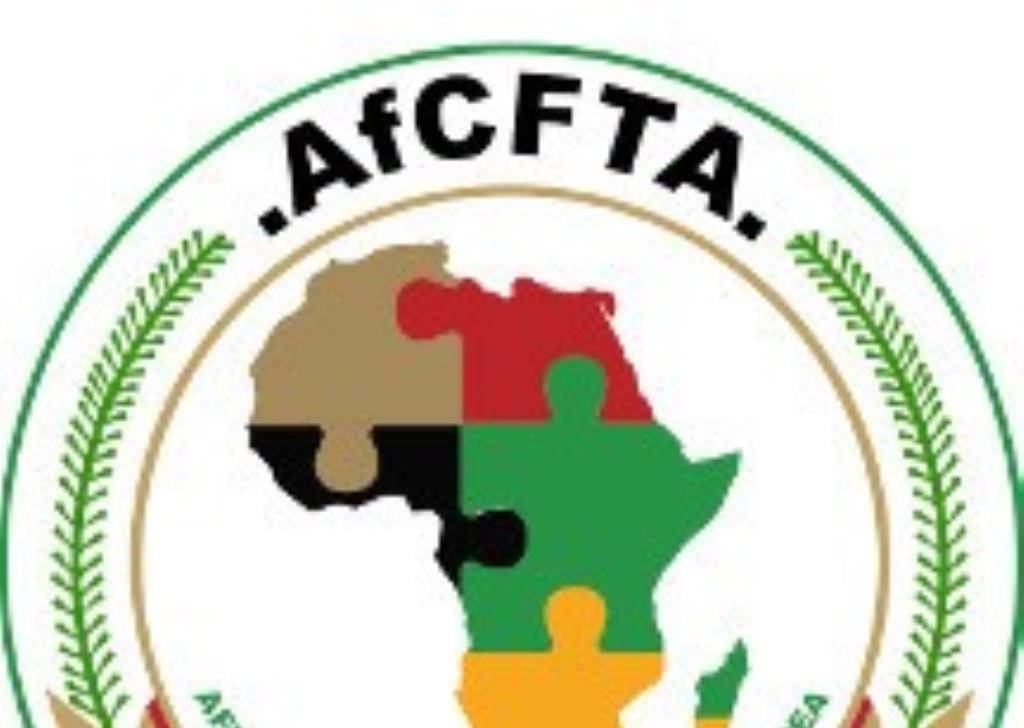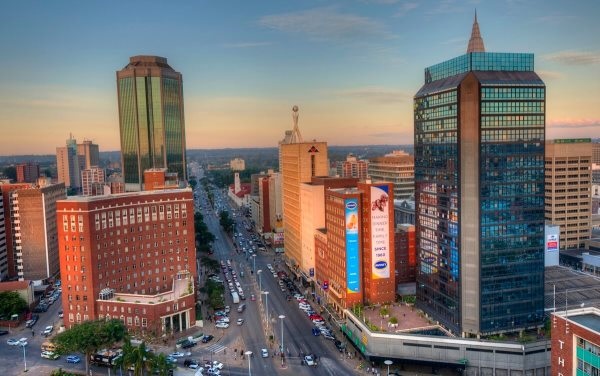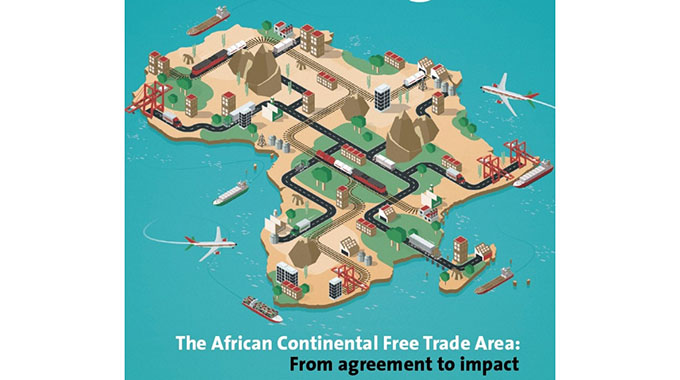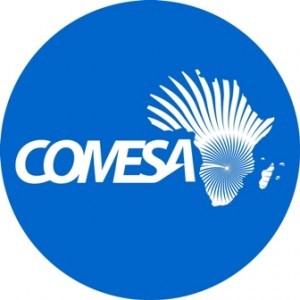States urged to upscale Comesa Free Trade Area utilisation
COUNTRIES under the Common Market for Eastern and Southern Africa (Comesa) Free Trade Area have been urged to upscale utilisation of the preferences provided under the free trade area regime.
Of the 21 countries that form the Comesa bloc, only 16 including Zimbabwe, Zambia, Malawi, Seychelles, Sudan, Kenya, Rwanda, and Burundi are so far participating in the Comesa FTA.
Presently, it is estimated that the intra-regional utilisation rate of the FTA preferences by Comesa member States averages 48,.4 percent relative to 77 percent on North-South trade.
Addressing the 7th meeting of the Comesa Trade and Trade Facilitation Sub-Committee, the bloc’s assistant secretary general Dr Kipyego Cheluget said this has affected the region’s agility to handle external shocks, noting that the FTA was created to build resilience through deepening trade integration among member countries.
The FTA preferences include the removal of all tariffs and non-tariff barriers enabling the free movement of goods and services produced within Comesa.
He said it was critical that countries implement the FTA in a manner that promotes effective use of the tariff preferences under regional integration by firms and other importers.
“The high prevalence of persistent Non-Tariff Barriers (NTBs) and high compliance costs of Non-Tariff Measures have created a prohibitive intra-trading environment in the region,” said Dr Cheluget.
It is estimated that imposing one additional NTB is equivalent to effecting at most a tariff of 5,8 percent.
Between 2018 and 2020, Dr Cheluget said, it took an average of 1,5 years to resolve a reported NTB in the Comesa region.
Thus, introduction of additional Sanitary and Phytosanitary and Technical Barriers to Trade measures leads to more trade compliance costs.
This makes it even harder for businesses to prosper.
“There is great potential which demonstrates the existence of scope to deepen our trade integration, create more space for business prosperity and fortify the resilience of our economies,” he said.
Noting that the regional economies had barely recovered from the impact of the Covid-19 pandemic when the Russian- Ukraine conflict started, Dr Cheluget said these episodes of external shocks have demonstrated the region’s vulnerability by disrupting critical supply and value chains.
“The consequences are apparent in the upward pressure on oil, fertilizers and food prices,” said Dr Cheluget.
The current Comesa Medium Term Strategic Plan (MTSP 2021-2025) aims at increasing intra-regional manufactured exports to at least 25 percent of total exports by 2026 which is now at about 10 percent.-ebusinessweekly










